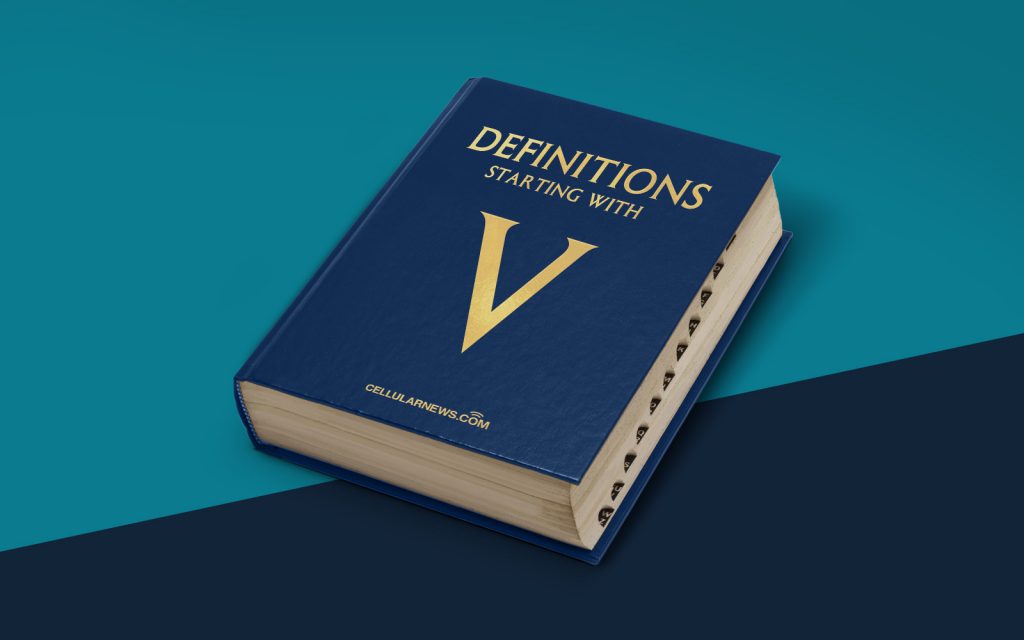
What is Video Compression?
Welcome to our “DEFINITIONS” series, where we dive deep into various topics to provide you with clear and concise explanations. In this post, we’ll be discussing video compression, an essential process in the world of video technology. So, if you’ve ever wondered how videos are efficiently stored and transmitted over different mediums, you’re in the right place!
Key Takeaways:
- Video compression is the technique used to reduce the file size of video files, making them easier to store, transmit, and stream.
- Two commonly used video compression methods are lossy compression and lossless compression, each with its own advantages and disadvantages.
Imagine you’ve captured a stunning high-definition video on your smartphone. The footage is mesmerizing, but there’s just one problem – the file size is huge. Uploading, downloading, or sharing such large video files can be a real challenge, especially if you have limited storage or bandwidth. This is where video compression comes into play.
Video compression is the process of reducing the file size of video content without significantly sacrificing its quality. This ensures that videos can be efficiently stored, transmitted, and streamed across various platforms, from social media platforms to video conferencing applications.
But how does video compression work?
Let’s break it down into simple steps:
- 1. Encoding: The video is encoded using an algorithm that analyzes the video frames and removes redundant or unnecessary information, such as pixels or colors that are not easily noticeable to the human eye. This process significantly reduces the file size while maintaining acceptable visual quality. Different encoding formats, such as MPEG, H.264, and H.265, have their own compression techniques and trade-offs.
- 2. Compression: Once the video is encoded, it undergoes compression. Compression algorithms further decrease the file size by removing repeated data and optimizing the remaining data to be easily compressed. During this stage, the video may lose some details, which depends on the type of compression used.
- 3. Decoding: When the compressed video file is received and ready to be played, it goes through the decoding process. The decoding algorithm reconstructs the video frames, attempting to restore the content as close to its original quality as possible.
There are two commonly used video compression methods:
- Lossy Compression: This technique results in a significant reduction in file size by permanently discarding some information. Although lossy compression sacrifices some quality, it often achieves high compression ratios, making it ideal for streaming and internet distribution.
- Lossless Compression: With lossless compression, the video file size is reduced without any loss of quality. While this method maintains the highest level of fidelity, it usually results in larger file sizes compared to lossy compression. Lossless compression is commonly used for archival and professional applications.
So, why is video compression so important?
- Video compression allows for efficient storage and management of video files, saving precious disk space and reducing costs associated with storage solutions.
- It enables smooth video streaming and improves user experience, especially in bandwidth-limited scenarios.
- Video compression is crucial for the success of video conferencing, video sharing platforms, and online entertainment services, as it ensures videos can be easily uploaded, downloaded, and played across various devices and network conditions.
Now that you understand the basics of video compression, you have a greater appreciation for the technology behind the videos you watch every day. The next time you watch a video online or share one with your friends, take a moment to appreciate the vital role video compression plays in delivering seamless and enjoyable video experiences!
